Reading Time: 21 Minutes
Every brand wants a strong organic reach on social media. Without a doubt, the steps you take to build that organic reach help you maintain authenticity with your audience.
But as social media grows more popular and algorithms more unpredictable, marketers look to paid social ads to pinpoint ideal audiences and expand their reach. And brands are partnering with top-performing influencers to create that ad content.
Some social media platforms have advertising tools that are more advanced than others, which can make them a better choice for your social campaign. For example, on LinkedIn and Pinterest, you can only run one ad at a time while Facebook allows up to 20 ads at a time. Some channels, like YouTube and Facebook/Instagram, offer detailed ad and audience analytics, while others only show you less in-depth insights.
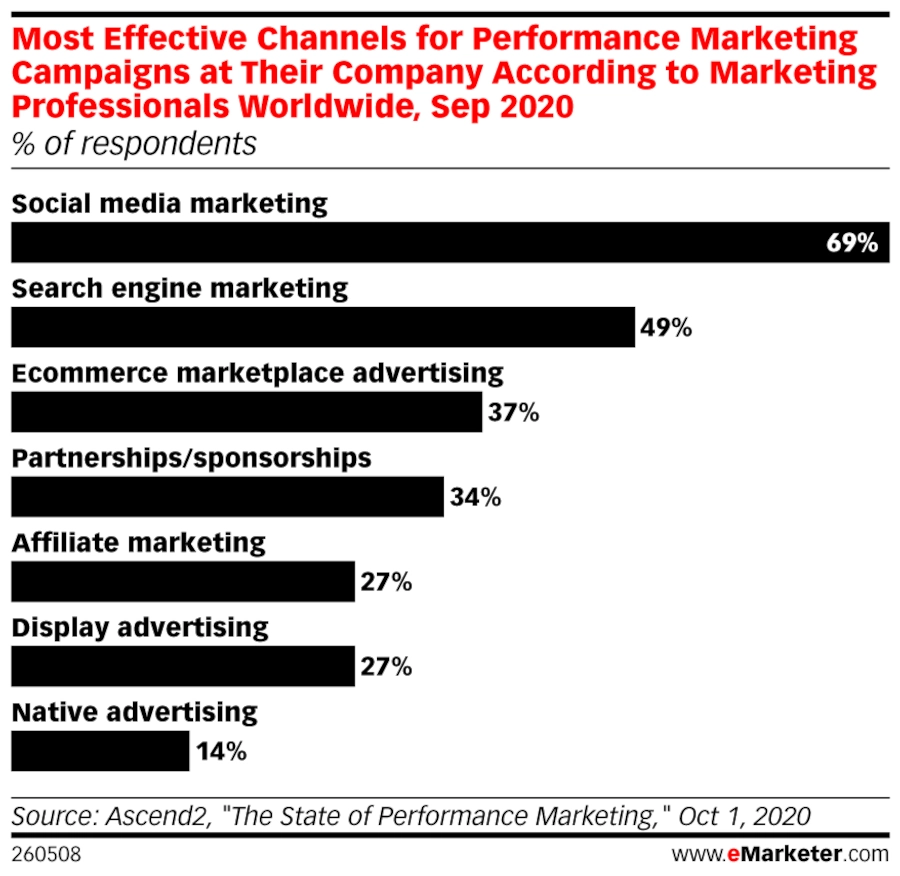
Regardless, every channel possesses its own set of strengths and weaknesses. The platforms that you use, the content you select/create, and your proficiency with those ad targeting features can make the difference between outstanding and mediocre results.
Recognizing that you have several ad-optimized social channels to choose from, take a moment to think through the type of ads you want to run. The type of content, brand voice, and products you choose to promote will naturally lend themselves to certain ad styles.
Compelling videos are a social media advertising staple. They work on any budget, and they’re perfect for social because people love watching them.
Common video ad styles include:
Many channels allow you to create ads using images. Marketers can leverage influencer-generated lifestyle images just as easily as they can studio collections, infographics/charts, and memes.
Common image ad styles include:
Carousel or collection ads let you combine multiple images, short videos, or a combination of the two. For those platforms that allow you to set up a shop/store, you can easily pull from your in-app inventory to build an ad collection for easy checkout.
Some video channels allow you to place an ad overlay on a small portion of the screen during video playback. These videos are usually designed as long, horizontal banner ads.
Facebook and Instagram have popularized Stories, vertically-formatted posts that last 24 hours before disappearing. These ephemeral features also allow ads with interactive tools, such as link clicks and swipe-ups.
If you have an in-house creative team, you can use augmented reality to offer an ad experience that is truly impressive. Using AR filters to let users try on clothes and accessories, or you can offer virtual tours.
Popular AR ad styles include:
One social advertising trend that often goes unnoticed are brands polling public opinion on products or lifestyle issues. While these ads don’t directly support conversions, they do drive engagement, make great brand introductions, and provide your product developers with critical insights.
The most popular social ad platforms are Facebook and YouTube. Facebook Ads Manager and YouTube Advertising offer the most in terms of audience targeting, analytics, and ad design.
That said, just because these two platforms are the most popular doesn’t mean that they are the best fit or only paid social solution for your brand. The best social media platforms for paid advertising are going to be those where your ideal customers prefer to engage.
Additionally, you should know which types of content do the best job of showing off your brand. Whatever channel you use needs to allow you to showcase your brand as effectively as possible.
Paid social media carries certain costs, such as ad costs which are cost per click or impression, or other performance-based metrics.
Production cost of ad content – copy, graphics, etc. Some brands hire internal creative teams to build ads, while others contract with agencies to manage ad design for them.
But if you already run influencer campaigns, then you can easily save on production costs by repurposing influencer content.
Not only that, but you can reuse creator content that you already know will perform well. This benefit increases your return on ad spend, further lowering costs and increasing results.
As you prepare to leverage influencer-generated content for paid ads, here is a quick list of questions to ask yourself before you move forward:
Getting answers to these questions will help you set up your social media advertising campaigns.
Most social media ad platforms follow the PPC (pay per click) model, and CPC (cost per click) can range from a few cents to $50 per click. Most experienced digital marketers consider the average Facebook CPC to be around $1.72. But as the graph below shows, these costs vary greatly depending on your audience and industry.
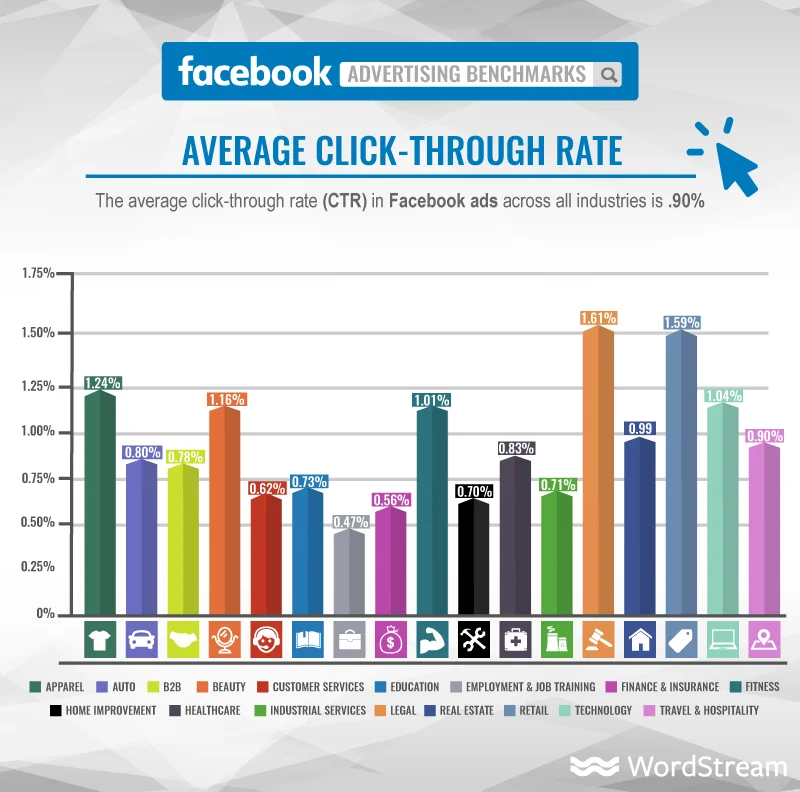
Some platforms offer variations to the CPC model by allowing you to choose cost per engagement (CPE), cost per impression (CPM), or cost per follower (CPF). Your marketing objectives will determine which cost structure works best for your brand.
Additionally, you’ll be able to set daily or total campaign spend limits. However, each social media channel distributes your spend differently. For example, many Twitter ad specialists report that their daily limit dries out early in the day compared to Facebook and LinkedIn.
Advertising on Instagram is powered by Facebook for Business, which means that the tools you get on Facebook Ads Manager also apply to your IG ads.
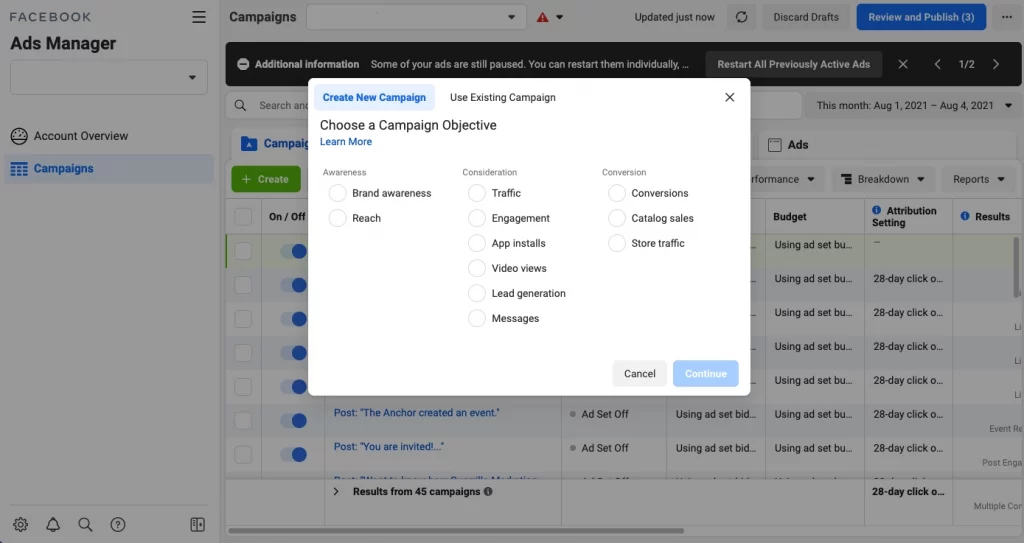
Another great benefit of IG ads is its creator-focused platform. Repurposing influencer posts on Instagram is seamless, whether you are uploading images/video from your own creator content library or whitelisting your influencer’s content.
The process for setting up and managing Facebook Ads is almost identical to IG ads. That said, Facebook audiences are different from IG audiences.

YouTube Ads are run within Google Ads. You have access to vast buyer data and analytics fed by the leading search engine in the world.
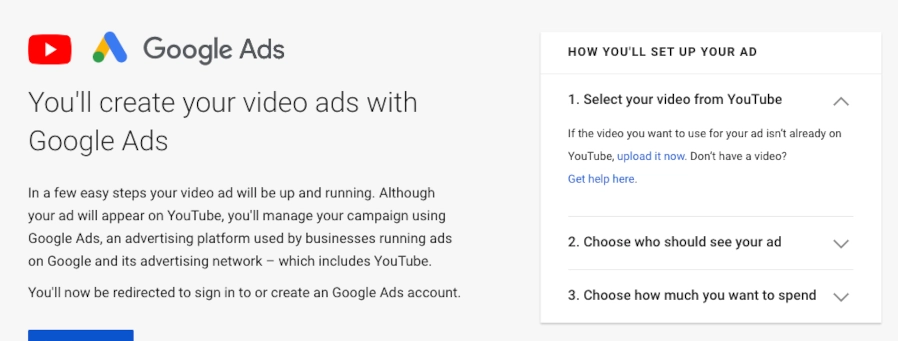
Because you’re advertising on a strictly video platform, you don’t have quite as many ad design options as you do with Facebook/Instagram. But considering the volume of active YouTube users, the lack of ad design options is hardly a setback.
Though not quite as in-depth as Facebook Ads Manager or Google Ads, Twitter’s campaign creator tool is still fairly intuitive. You can target audiences and build ads using several different content styles and CTAs.
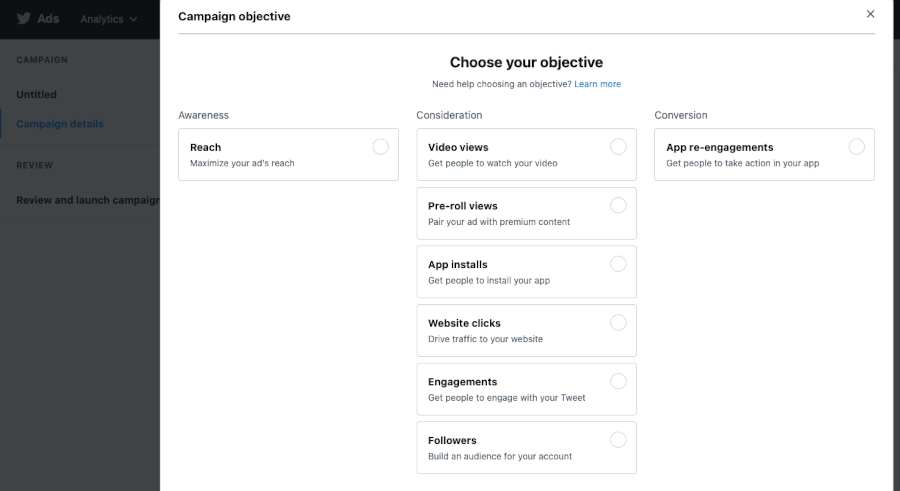
TikTok advertising is the newest player on the list, but it is by no means lagging behind. Businesses can sign up for a TikTok Ads Manager account and enjoy features not unlike Facebook Ads Manager.
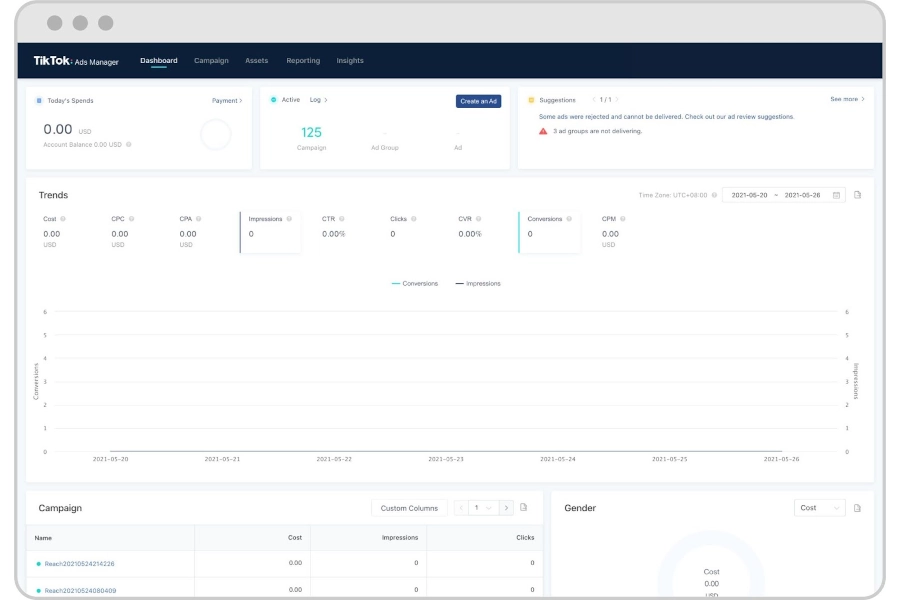
Rumor has it that TikTok is very close to launching its own version of in-app shopping and set of social commerce upgrades. When/if this happens, ecommerce brands will definitely want to be active on the fastest-growing social channel in history.
For the general functionality of a Facebook Ads Manager directed solely toward B2B lead generation, LinkedIn Ads are the best way to go.
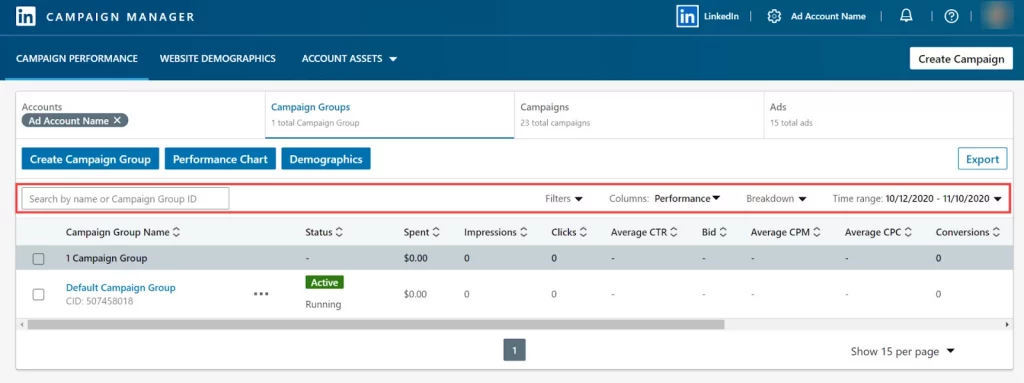
While the platform focuses on helping professionals find and engage prospects, LinkedIn Ads will also drive brand awareness for a wide range of industries, including SaaS, professional services, local businesses, and more.
Brands with fans on Pinterest can promote posts and shops easily using Pinterest Ads Manager. While not as robust as Facebook and YouTube, the dashboard is user-friendly and has a native feel that few platforms can compete with.
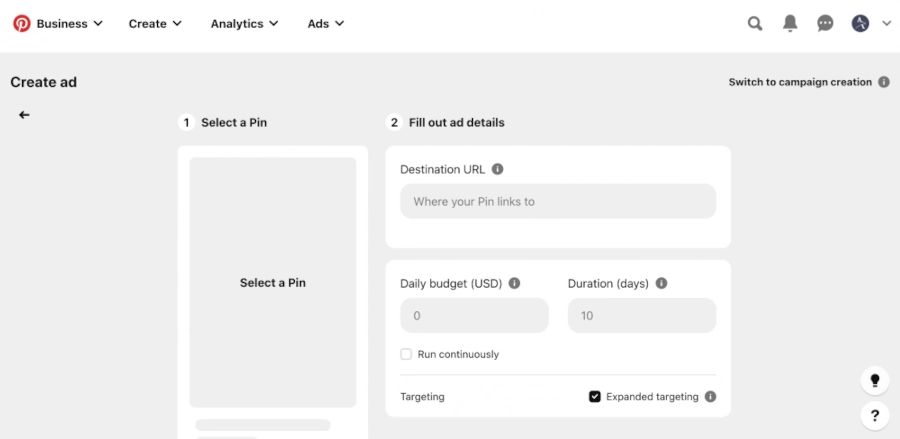
You’re going to be interested in using Twitch advertising if your audience consumes hours of live streaming from gamers, musicians, hobbyists, and more.
That said, the Twitch ad environment serves primarily banner or commercial-break-style ads. Also, creators have major say in what ads display on their profile before, during, or after their live streams.
A growing number of influencer marketers are partnering with hand-picked creators to run ads using the whitelisting technique.
“Influencer content whitelisting occurs when an influencer grants the brand advertising permissions to an influencer’s social media account. Typically, influencer whitelisting has a mutually beneficial relationship for both the brand and influencer. With social ad targeting, brands can reach audiences that they know are responsive to branded content. Similarly, a brand’s social ad targeting exposes the influencer to a wider audience.”
– GRIN, Influencer Content Whitelisting- Everything you need to know
Whitelisting is a cutting edge strategy that won’t work for every brand-creator relationship. But if you have a strong working relationship with a creator that knows how to create high-quality, aesthetic content, influencer whitelisting might be a perfect fit for your brand.
It’s critical to decide what it is that you want your ads to accomplish. One thing that is great about social media advertising is that most platforms ask you to define your campaign objective(s) right away.
Planning your goals and KPIs ahead of time improves your chances of getting the highest return on ad spend (ROAS).
Many of the ad management platforms above allow you to get as specific as possible in your targeting. In fact, the more specific you are in your audience targeting, the lower your cost per click/engagement/impression/etc.
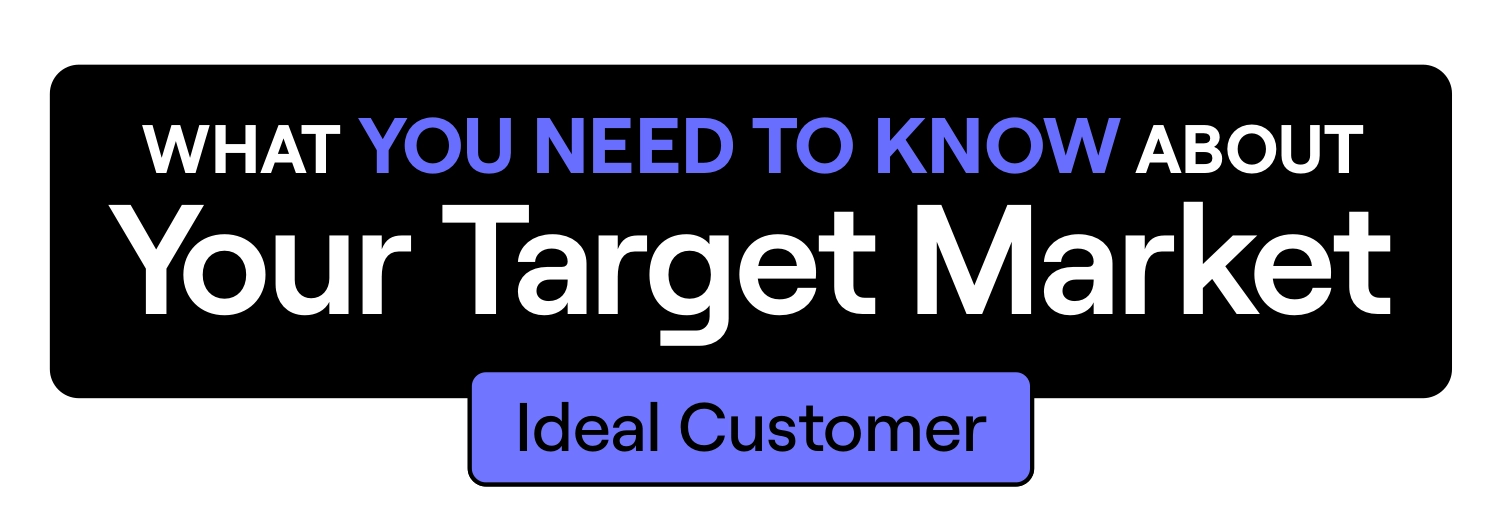
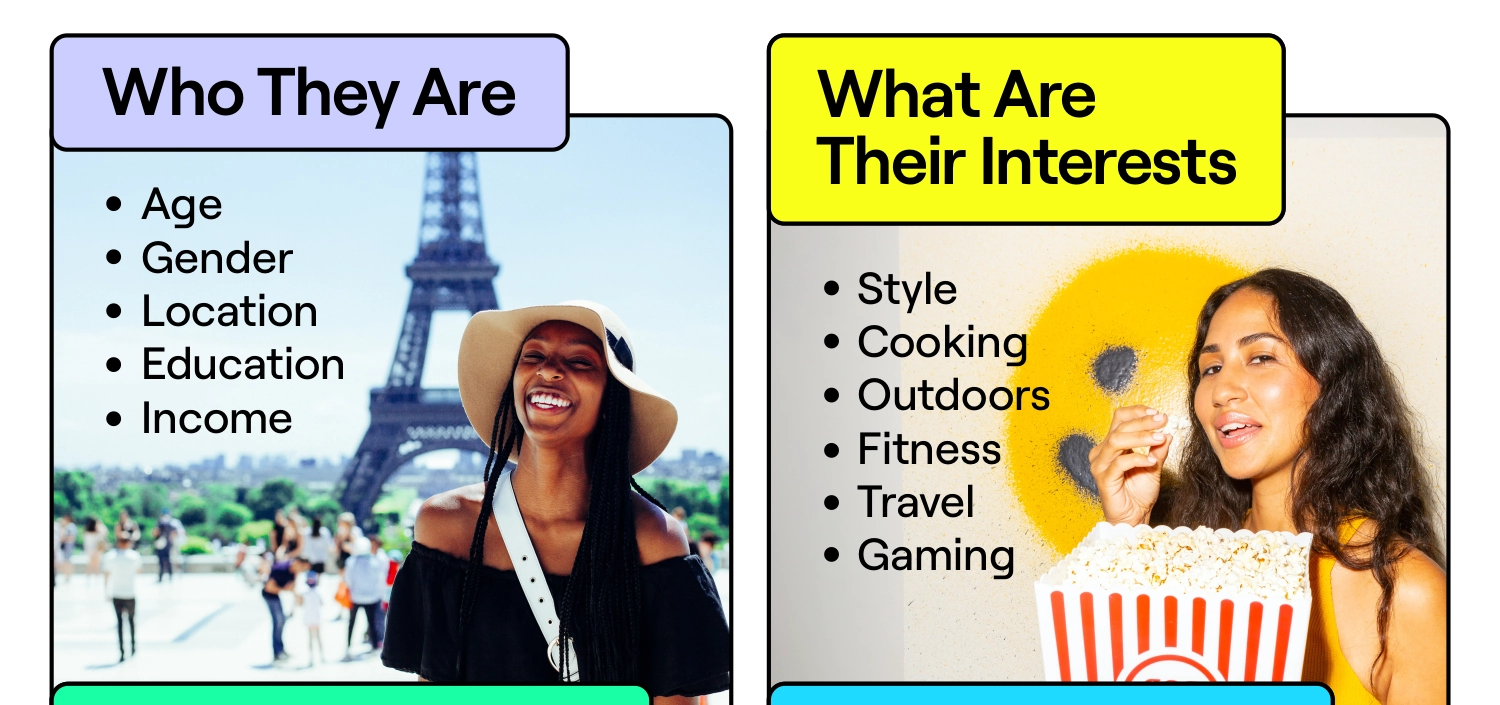
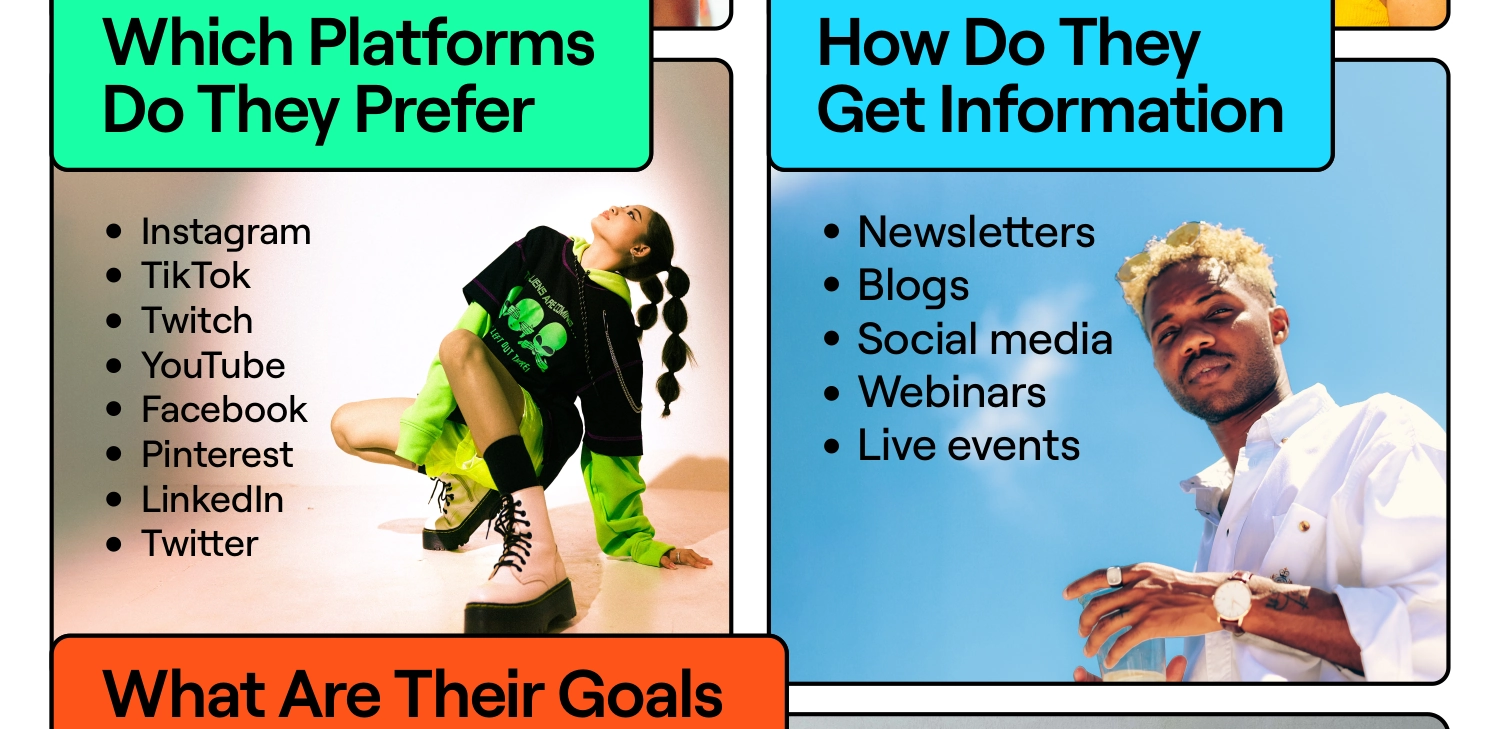
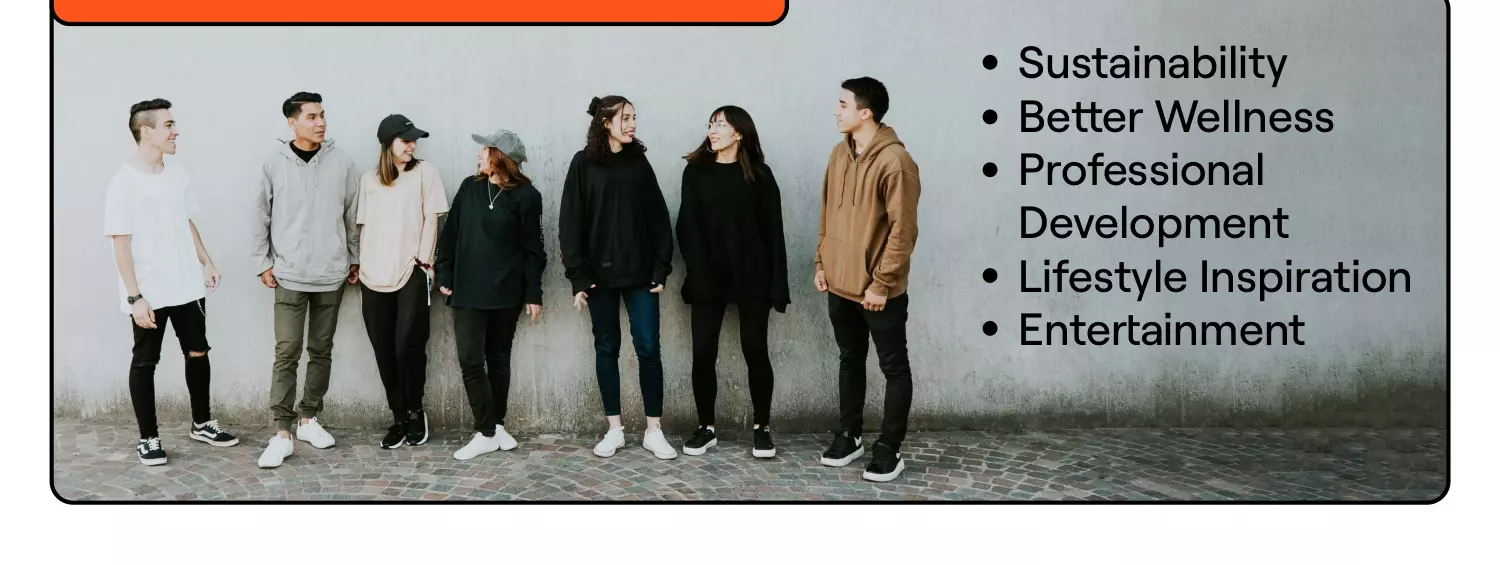
If you have buyer personas, you can use them to dial in your ad targeting for best results.
Many social media ad management tools are complex.
Get to know the ads manager before launching a full campaign. A good strategy to start with is to launch a couple of ads on a low budget to understand how the platform performs for you.
The more proficient you and your team are with the ads manager system, the easier it will be to reach your goals.
Most ad platforms ask you to provide keywords specific to your industry, product, and audience. If you have an SEO expert on your team, they can be an excellent resource at this stage.
You can also utilize free tools online, such as Google’s Keyword Planner.
So long as you have the rights, any of your creator content is fair game. Instead of creating social ads from scratch, revisit some of your best influencer campaigns and peruse those posts.
These posts are excellent for ad repurposing. Not only do they save you production costs, but they also contain performance data. In other words, you can use content that you know for a fact will resonate with your audience.
Even as you repurpose influencer content, you may have to alter dimensions and brainstorm headlines, captions, and calls-to-action (CTAs). While making edits, try to focus on minor adjustments so that you retain the IRL (in real life) essence of your top-performing influencer posts.
Each PPC platform allows you to set your spending limits. Make sure to set those limits (i.e., daily, total campaign, etc.) carefully. If you’re using LinkedIn, remember that the ads manager may exceed your budget slightly, and it’s always a good idea to check in on those ads regularly to ensure that you stay within your budget.
Most social ads managers have a 24-hour approval phase. Within 24 hours of submitting your ad, it should go live as long as there are ad violations.
Use the dashboard to track your ad’s performance. If you’re running multiple ads at once, you can compare results and draw insights about what types of content and copy gain traction with your audience.
Very quickly, you’ll notice that having a certain asset (image, video, etc.) could drastically improve your ad campaign. Take note of these insights and consider updating your influencer campaign briefs so that you can plan ahead for future ad campaigns while building out your content library.
It’s also important to recognize that not every creator on your influencer team will be able to produce the kind of content that works in ads, and that’s okay. But for those creators that have the right talent, it will save you time and money if you can keep content repurposing in mind when launching your influencer campaigns.
Like any marketing strategy, your success depends on your ability to absorb performance data, test variations, and refine your approach over time. Try to be patient with yourself and your team as you improve your skills with each social platform.
Once you achieve great results during your influencer marketing campaigns, remember that your success doesn’t have to end there. Using influencer-generated content in your social media advertising will help you get more mileage out of your influencer program, lower your customer acquisition costs, and increase overall ROI.
Learn more about influencer marketing: Influencer Marketing 101
Our team keeps a finger on the pulse, so you’re always working with the latest information.